6 ways lifestyle blocks pollute water ways – and how you can change
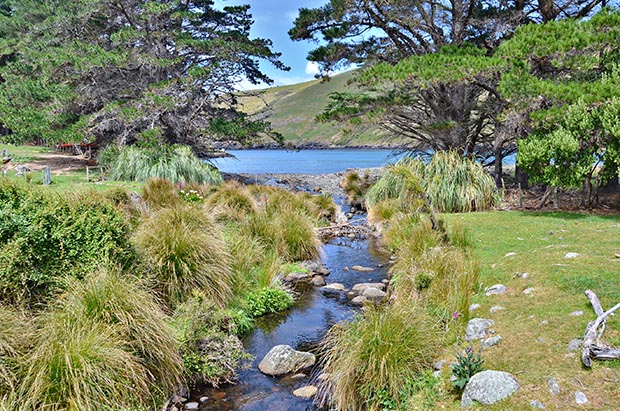
Is your local river fit to swim in?
Words: Sara Gerard
I have vivid childhood memories of summer weekend family picnics at our local rivers and streams. The nearby Tukituki River is known as the jewel of Hawkes Bay.
Ten years ago we took our children down for a swim but the experience got a bit iffy with swathes of thick, brown, unpleasant algae. Some summers it has toxic blue-green algae present. We never go there now. This summer Tukituki locals took their children paddling in the river and they all felt unwell in the days that followed.
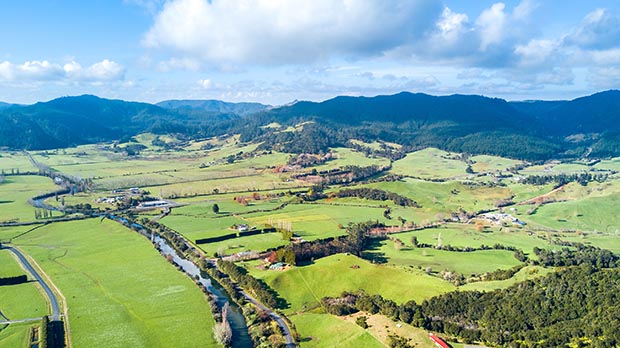
It is a matter of the tragedy of the commons that we as small land-holders are individually powerless to make any difference in the declining state of the water quality of our local streams, rivers and lakes.
We can easily convince ourselves the pollution problem is from the local urban area due to ineffective sewage systems and the lack of will from residents to cover the substantial hike in council rates to get the plant up to standard.
During rain events, the road gutters and stormwater sump areas are a deluge of hydrocarbons, rubbish and chemicals, distributed through the stormwater system, which goes directly – untreated – into rivers, affecting fish life.
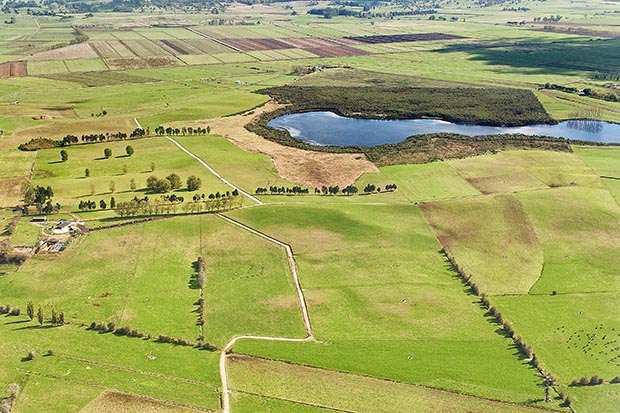
But there are the rural folk in the catchment too, pastoral and cropping farmers spreading inorganic nitrate and phosphorus fertilisers, cattle grazing and excreting in the waterways, dairy farmers with high stocking rates of lactating cows creating urination patches on lighter alluvial soil leaching nitrates through to the ground water, the horticulturalists and vineyards applying agrichemicals up and down the rows.
On steeper country, eroding hill pastoral land and plantation forestry clear felling causes sedimentation which creates phosphorus loading in streams. There may be local mining or industrial operations contributing to pollution with toxic chemicals and hydrocarbons entering into the groundwater and surface water.
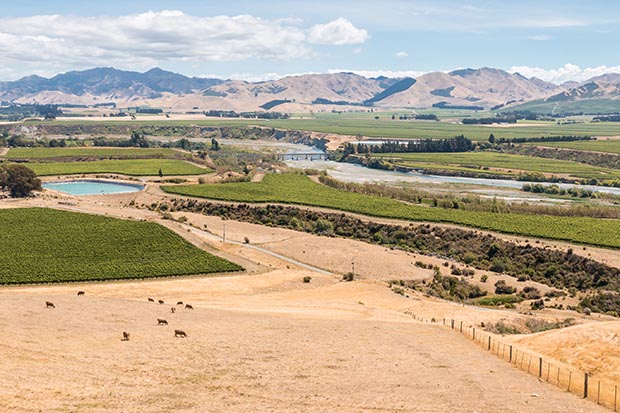
Swamps and wetlands, peat soil and waterways full of reeds and rushes provide the water retention and play a critical role in filtering and cleaning the water within the catchment.
But land ‘improvement’ through drainage and the spraying of wetland plants in waterways destroys the filtering and cleaning effect, and also increases run-off and through- flow in the catchment during and after a rain event. Without such retention in the upper catchment, rivers downstream have lower flows during summer.
The lower ‘low flows’ increase water temperature allowing the nutrients to feed nuisance algae blooms which then clog the streams, affecting macro-invertebrates, fish life, recreation, and amenity values.
It’s all taking out the natural life force or ‘mauri’ of the streams and rivers.
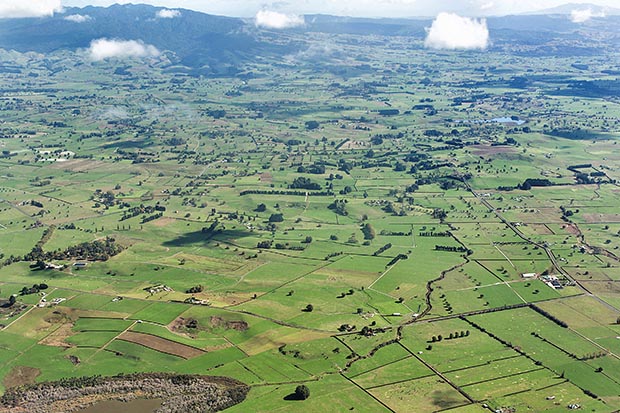
To leave the clean-up of our waterways to the perceived main polluters, such as the upstream dairy farmer, may cause resentment and then reluctance in the long run.
A downstream farmer may be doing all the planning, implementation and monitoring of their systems to control and minimise pollution but if they then look at the stream and still see pollution from others, the enthusiasm to invest further is likely to run thin.
I once worked with a saw miller who felt this way. He operated under a Council-approved Pollution Prevention Plan but was reluctant to install an expensive stormwater treatment device when there was obvious ongoing pollution coming from upstream.
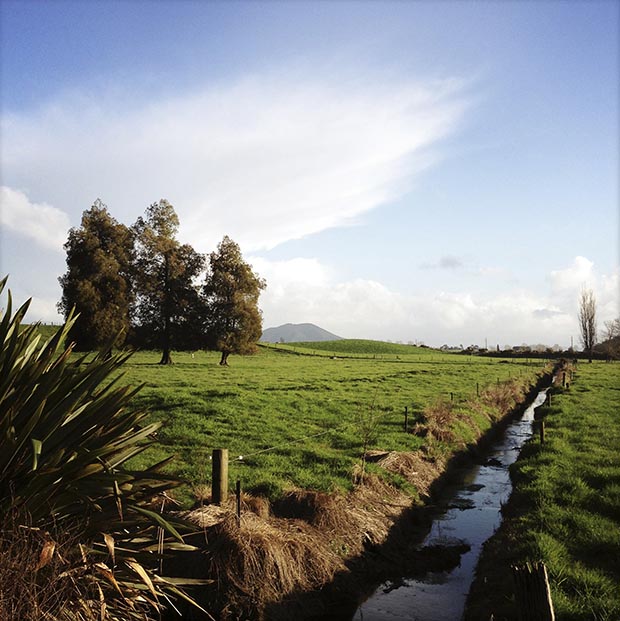
It all sounds a bit bleak, but I do believe despite our different land activities, everyone in a community has a role. We are all part of the problem and part of the solution, from the café owner about to tip a bucket of bleach down the outside drain to the farmer planning their autumn aerial fertiliser application or a dairy conversion.
Lifestyle block activities individually or collectively also incrementally contribute to water quality problems.
6 WAYS LIFESTYLE BLOCKS POLLUTE WATERWAYS
• Nutrients and E. coli contamination through ineffective on-site effluent systems, and livestock in streams;
• Sedimentation through earthworks carried out without appropriate sedimentation control and remediation in place;
• Hydrocarbons through vehicles with oil leaks;
• Chemical spills through use of waterways as a means of disposal, eg paint, cleaning agents, bleach, chlorine;
• Rubbish;
• Drainage of wetland and clearing of wetland plants.
These contributions may be a small part of the problem but there is an opportunity to provide a larger portion of the solutions through being actively involved with a local sub-catchment community providing encouragement and awareness, organising field days and monitoring, getting the council in to assist, planting and wetland restoration days, involving the local school, community groups etc.
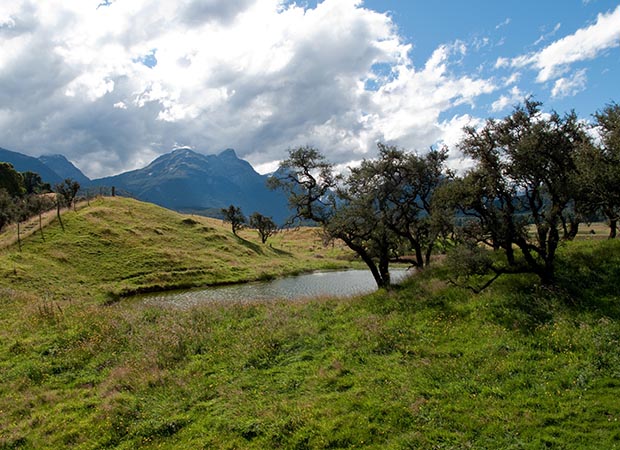
The solution to water quality degradation requires the involvement of the whole community in the catchment. There are examples of communities around the country working together and enhancing local streams, rivers, lakes and estuaries.
From my experience working within projects involving integrative sub- catchments, the management operate within collective community groups applying the enthusiasm, pressure and determination for rewarding long term results.
Sub-catchment management groups can ask local Regional Councils to assist with:
• mapping
• facilitating education, workshops and planting days
• newsletters, communication
• science
• monitoring and reporting
• funding assistance for fencing and planting.
Improving water quality requires greater awareness of the individual and changing mindsets and the culture of both urban and rural communities when it comes to wastewater, stormwater, groundwater and the fresh water of our streams, rivers and lakes.
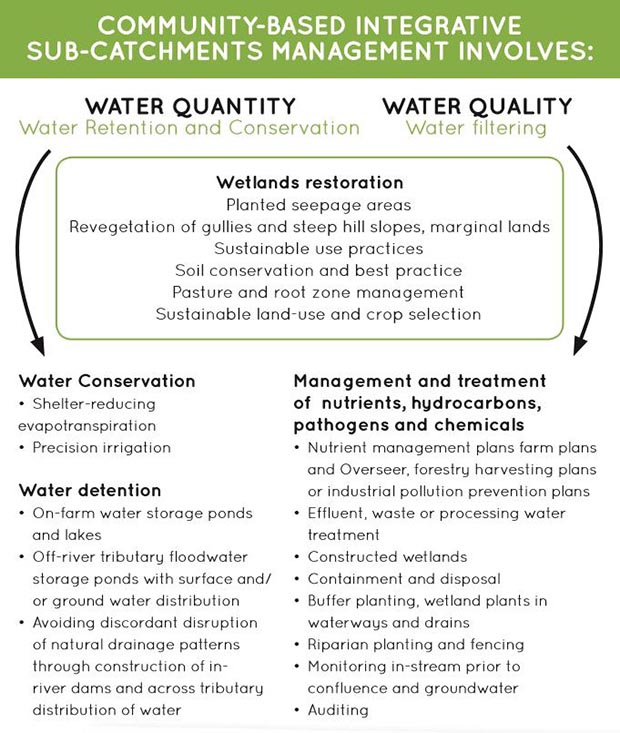
 This article first appeared in NZ Lifestyle Block Magazine.
This article first appeared in NZ Lifestyle Block Magazine.
